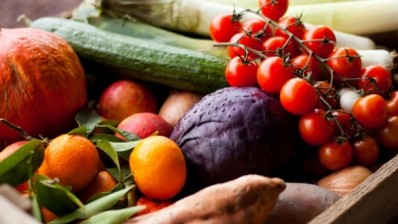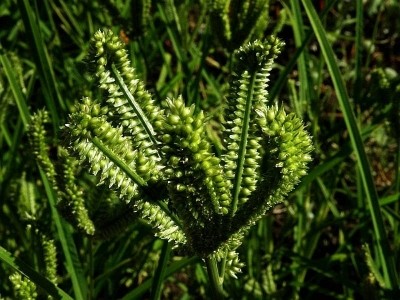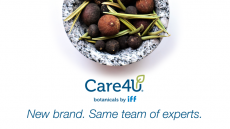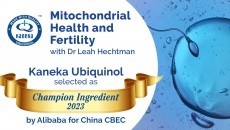Berries from Tibetan Himalayas have ‘great functional food potential’: China research
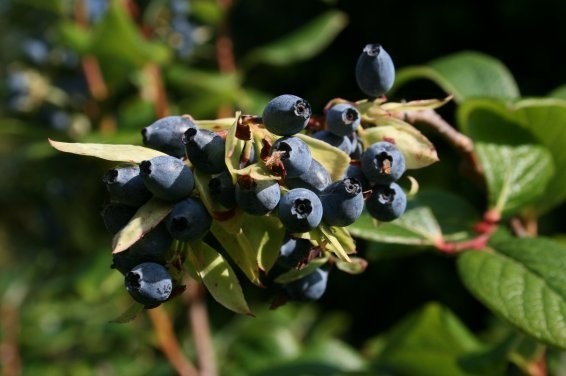
Some types of vaccinium berries are already known to be rich sources of flavonoids with higher antioxidant activities compared to other fruits and vegetables, and have been incorporated into products promoting eyesight protection, memory improvement, and cardiovascular health.
There are 450 species worldwide, with more than half of all the species found in Malaysia, and 91 in China.
Up until now, however, there had not been any papers reporting on the polyphenol constituent and antioxidant capacity of V.glaucoalbum, which is found Southwest China, Bhutan, north east India, Myanmar, Nepal, and Sikkim.
The plant blooms in June, and the fruiting period can last from August to December.
Writing in Food Chemistry, researchers from the Chinese Academy of Science, Hunan Agricultural University and China Agricultural University said 15 anthocyanins were determined in the fruit, with five flavonols detected in the leaf. Four chlorogenic acids were found in both the fruit and leaf.
They found that the total anthocyanin content of the fruit (682 mg/100 g FW) was the highest among all the wild Vaccinium berries in China which have been investigated to date.
“Given the high total anthocyanin content and abundant anthocyanins, the V. glaucoalbum fruit may be an excellent source of daily natural anthocyanins for consumption. Moreover, the higher total chlorogenic acid content of fruit implied its longer shelf life over other berries,” they stated.
Plant survival
The research team added the relatively high-altitude habitat for V. glaucoalbum may be responsible for the high levels of anthocyanins and antioxidant activity.
“The higher the altitude is, the more difficult the plant survival is. The poor living conditions of V. glaucoalbum suggest the presence of some special traits, such as cold and wind tolerance, to resist environmental stress. Therefore, this species can be used as an exceptional germplasm resource for breeding new varieties with strong adaptability.”
They pointed to similar findings in another recent study that noted the increasing accumulation of anthocyanins in Vaccinium myrtillus along an altitudinal gradient.
They concluded: “This berry has great potential to meet the public demand for higher qualities of natural functional food...which would be of great economic value.”
Source: Food Chemistry
http://dx.doi.org/10.1016/j.foodchem.2016.09.083
“Polyphenol profile and antioxidant activity of the fruit and leaf of Vaccinium glaucoalbum from the Tibetan Himalayas.”
Authors: Cheng-Yong Feng, et al.
